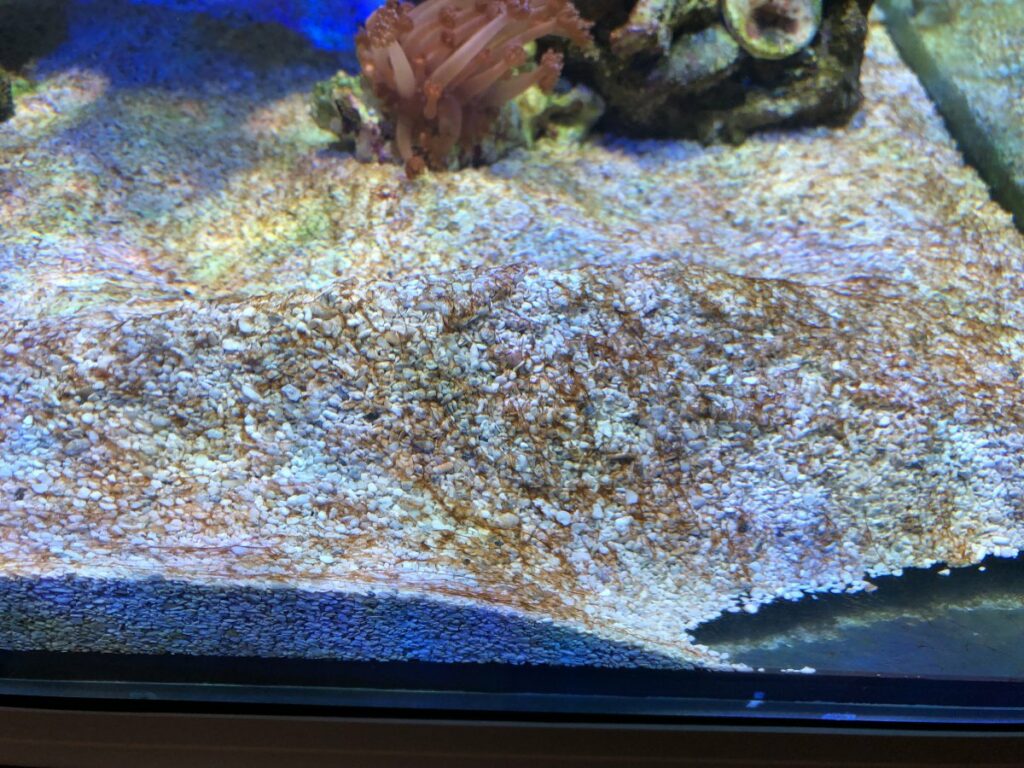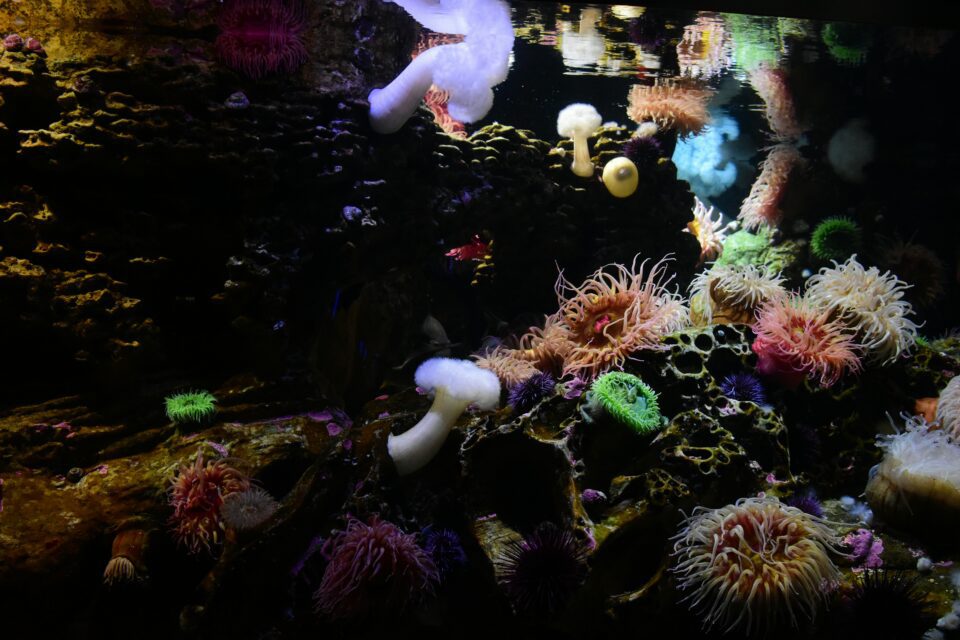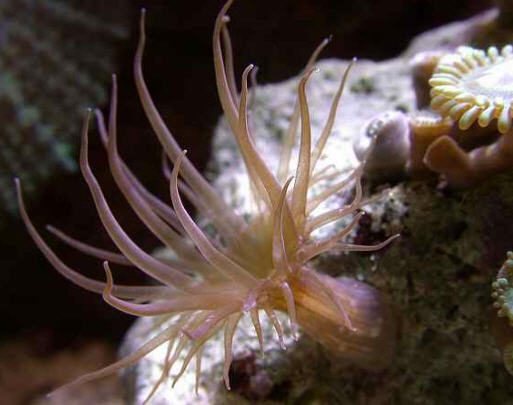


Recipe for Removing Diatoms from a Reef Tank
Ingredients
- RO/DI Water with zero TDS, Phosphates and Nitrates
- Water Testing Kit for nitrate, phosphates and silicates
- Protein Skimmer
- Turkey Baster
- Cleanup Crew – Trochus, Nerite, Cerith snails, copepods and hermit crabs.
- Phosphate Removal Media if phosphates are above 0.2 (pads, gfo, phosguard all work)
- 50 micron filter socks
- Cardboard for balckout
Recipe
- Prepare Your Tank
- Start by ensuring your water parameters are optimal. Use your water testing kit to check nitrate, phosphate, and silicate levels. Aim to keep nitrates at 10 and phosphates at 0.1.
- Use RO/DI Water
- Always use RO/DI water for water changes and top-offs to minimize the introduction of silicates and other impurities. Verify your RO/DI water has zero nitrates, zero TDS and zero phosphates.
- Perform Regular Maintenance
- Conduct regular water changes, about 10-20% weekly, to dilute accumulated nutrients and silicates.
- Vacuum sand when doing water changes to manually remove as many diatoms as possible
- Ensure your protein skimmer is running efficiently to remove organic waste before it breaks down into nitrates and phosphates.
- Manual Removal
- Use a turkey baster to blow diatoms off surfaces. This helps reduce their visual impact and prevents them from smothering corals.
- Introduce a Cleaner Crew
- Add a variety of snails and hermit crabs to your tank. These critters naturally graze on diatoms, helping control their growth.
- Control Lighting
- Reduce the lighting duration to limit diatom growth. Ensure your lights are on for fewer hours each day.
- Use Phosphate Removal Media
- Install phosphate removal media like GFO, phosbond or phosguard to bind and remove silicates from the water. Follow the manufacturer’s instructions for proper usage.
- Increase Filtration
- Use fine filter pads or socks to trap diatoms and prevent them from circulating in the water column. Diatoms can be caught in a 50 micron or smaller filter sock.
- Consider a “Black-Out” Period
- If diatom problems persist, try a “black-out” period by turning off all lights and covering the tank for 2-3 days. This can significantly reduce diatom populations. Only use this method after addressing water quality and lighting issues.
- Inspect for Silicate Sources
- Ensure new rock, sand, or decorations are properly rinsed before adding them to the tank.
- Avoid using tap water for top-offs or water changes to prevent adding silicates.
- Sipon Diatoms
- Siphon diatoms into a hose, like you were doing a water change, but instead of dumping it into a bucket or drain, siphon it into your sump. In the sump put the 50 micron sock and drain the hose into the sock to catch the diatoms. Since you arent removing water you can do this as often as you like to manually remove them.
- Be Patient
- Diatom blooms are often temporary, especially in new tanks. As your tank matures and a healthy population of bacteria and other microorganisms establishes, diatom outbreaks typically subside.
By following this recipe, you’ll effectively reduce and prevent diatom blooms, maintaining a healthy and beautiful reef tank.




